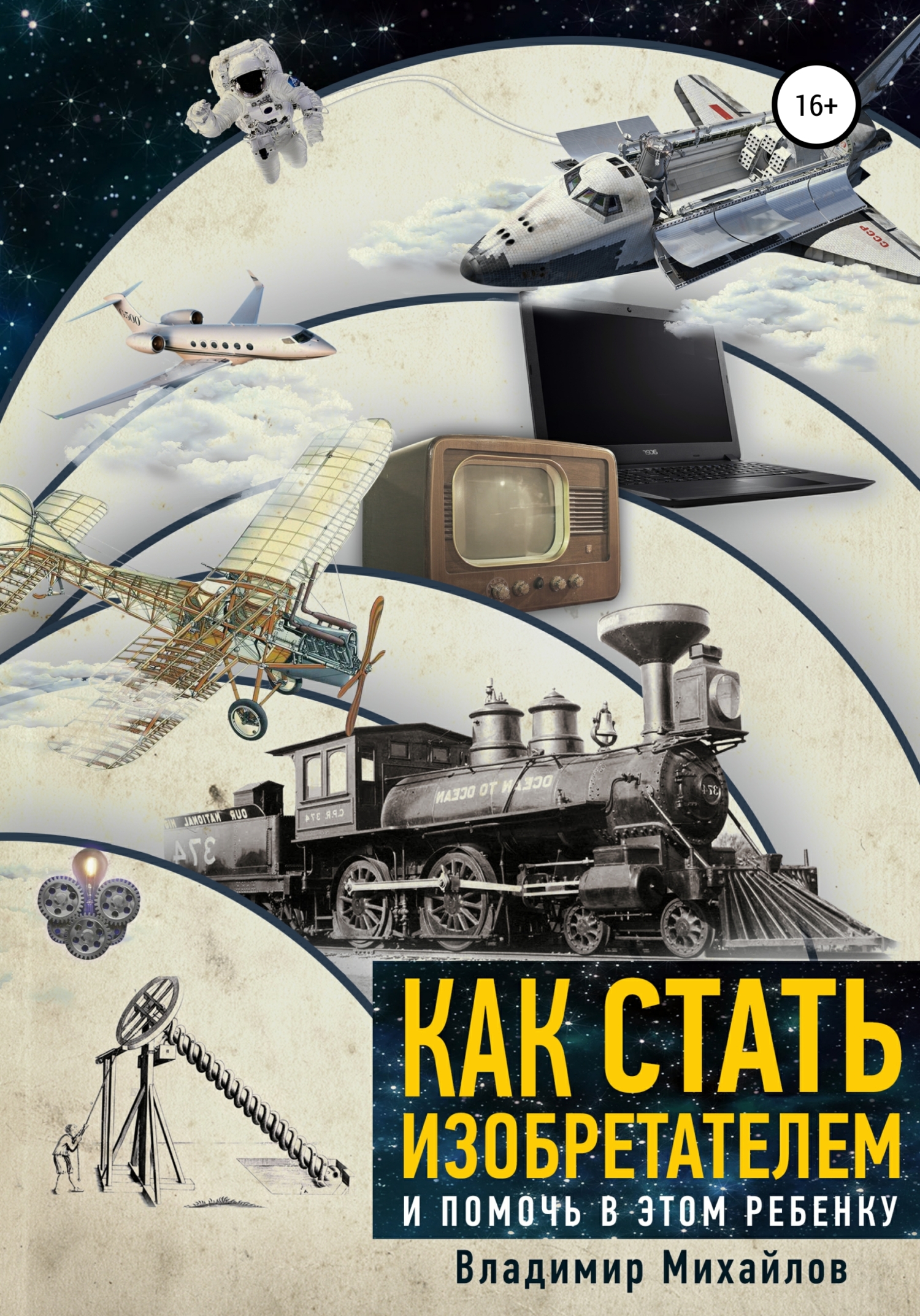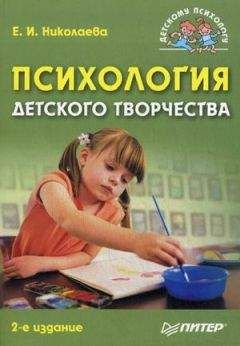Norton & Company, 2018), 9.
Porges, Polyvagal Theory: Neurophysiological Foundations, 160–162.
Porges, 158.
Lillas & Turnbull, Infant/Child Mental Health, 46.
Nadine Burke Harris, The Deepest Well: Healing the Long-Term Effects of Childhood Adversity (New York: Houghton Mifflin Harcourt, 2018), 54.
Porges & Dana, Clinical Applications of the Polyvagal Theory, 67.
Greenspan & Wieder, Child with Special Needs, 22.
Lillas & Turnbull, Infant/Child Mental Health, 42.
Siegel & Bryson, The Whole Brain Child, 27. (Перевод на рус. яз. см. Сигел, Д., Брайсон, Т. Воспитание с умом. – М.: Эксмо, 2014).
“PANDAS Questions and Answers”, U.S. Department of Health and Human Services, National Institute of Mental Health, https://www.nimh.nih.gov/health/publications/pandas/index.shtml.
Jennifer Brout & Lucy Jane Miller, “DSM-5 Application for Sensory Processing Disorder Appendix A (Part 1)”, ResearchGate, 12/2015, https://www.researchgate.net/publication/285591455_DSM-5_Application_for_Sensory_Processing_Disorder_Appendix_A_part_1.
Stanley Greenspan, The Growth of the Mind: And the Endangered Origins of Intelligence (Reading, MA: Perseus Books, 1997), 21.
Stanley Greenspan & Serena Wieder, ред., Diagnostic Manual for Infancy and Early Childhood: Mental Health, Developmental, Regulatory-Sensory Processing, Language and Learning Disorders (Bethesda, MD: Interdisciplinary Council on Developmental and Learning Disorders, 2005), 7.
Alice S. Carter, Ayelet Ben-Sasson, Margaret J. Briggs-Gowan, “Sensory Over-Responsivity, Psychopathology, and Family Impairment in School-Aged Children”, Journal of the American Academy of Child and Adolescent Psychiatry 50, no. 12 (2011): 1210–1219.
Miller, Sensational Kids, 4–5.
Doreit Bialer & Lucy Jane Miller, No Longer a Secret: Unique Common Sense Strategies for Children with Sensory or Motor Challenges (Arlington, TX: Future Horizons Press, 2011), 20.
Bialer & Miller, No Longer a Secret, 21.
Подробную информацию о нарушениях сенсорного восприятия см. https://www.spdstar.org.
Dawn Huebner & Bonnie Matthews, What to Do When You Worry Too Much: A Kid’s Guide to Overcoming Anxiety (Washington, DC: Magination Press, 2006).
Delahooke, Social and Emotional Development, 3.
Соображения, изложенные в этой главе, отражают применение поливагальной теории Порджеса и понятия нейроцепции как руководящего принципа в оказании помощи детям с устойчивым поведенческими проблемами.
Porges, “Neuroception”.
Louis Cozolino, The Social Neuroscience of Education: Optimizing Attachment and Learning in the Classroom (New York: W. W. Norton, 2013), xxi.
Porges, The Pocket Guide, 51.
Porges, 45.
Porges, 45.
Porges, “Neuroception”.
Porges, “Neuroception”, 19–24.
Porges, Polyvagal Theory: Neurophysiological Foundations, 15 (перевод на рус. яз. см. Порджес, С. Поливагальная теория. Нейрофизиологические основы эмоций, привязанностей, общения и саморегуляции. – Киев: МультиМетод, 2020).
Porges & Dana, Clinical Applications of the Polyvagal Theory, 61.
“Resilience”, Center on the Developing Child, Harvard University, https://developingchild.harvard.edu/science/key-concepts/resilience/.
Hans Selye, “A Syndrome Produced by Diverse Nocuous Agents”, Nature 138, no. 3479 (1936): 32.
Bruce S. McEwen & Peter J. Gianaros, “Central Role of the Brain in Stress and Adaptation: Links to Socioeconomic Status, Health, and Disease”, Annals of the New York Academy of Sciences 1186, no. 1 (2010): 2.
“Resilience”, Center on the Developing Child.
Bruce S. McEwen, “Stressed or Stressed Out: What is the Difference?”, Journal of Psychiatry and Neuroscience 30, no. 5 (2005): 315.
McEwen & Gianaros, “Central Role of the Brain”.
Копинг-стратегии – стратегии, которые использует человек, чтобы адаптироваться и справиться со стрессом. (Прим. науч. ред.)
“Resilience”, Center on the Developing Child.
Выготский Л. Умственное развитие детей в процессе обучения. – М.; Л., 1935. (Прим. перев.)
Lillas & Turnbull, Infant/Child Mental Health, 178.
Lillas & Turnbull, 178.
McEwen, “Stressed or Stressed Out”, 315.
Porges, The Pocket Guide, 44.
Jon Kabat-Zinn, Full Catastrophe Living: Using the Wisdom of Your Body and Mind to Face Stress, Pain, and Illness (New York: Random House, 1990, 2; перевод на рус. яз. см. Кабат-Зинн, Дж. Самоучитель по исцелению. – Минск: Попурри, 2002).
Suzannah J. Ferraioli & Sandra L. Harris, “Comparative Effects of Mindfulness and Skills-Based Parent Training Programs for Parents of Children with Autism: Feasibility and Preliminary Outcome Data”, Mindfulness 4, no. 2 (2013): 89–101; Elissa Epel et al., “Can Meditation Slow Rate of Cellular Aging? Cognitive Stress, Mindfulness, and Telomeres”, Annals of the New York Academy of Sciences: Longevity, Regeneration, and Optimal Health 1172, no. 1 (2009): 34–53; Manika Petcharat & Patricia R. Liehr, “Mindfulness Training for Parents of Children with Special Needs: Guidance for Nurses in Mental Health Practice”, Journal of Child and Adolescent Psychiatric Nursing 30, no. 1 (2017): 35–46.
Kristin Neff, Self-Compassion: The Proven Power of Being Kind to Yourself (New York: HarperCollins, 2011), 41.
Kristin D. Neff & Daniel J. Faso, “Self-Compassion and Well-Being in Parents of Children with Autism”, Mindfulness 6, no. 4 (2015): 938–947. Также см. Kristin D. Neff, “The Self-Compassion Scale is a Valid and Theoretically Coherent Measure of Self-Compassion”, Mindfulness 7, no. 1 (2016): 264–274.
Kristin Neff





